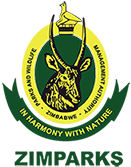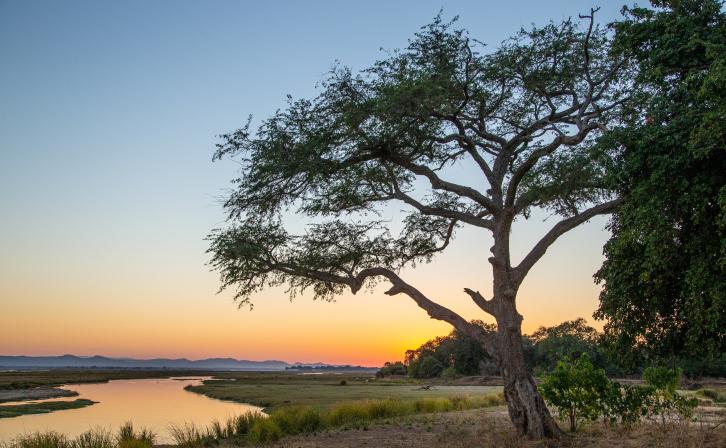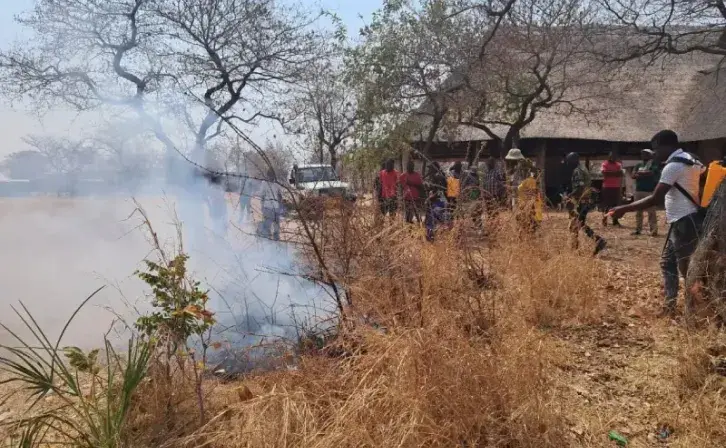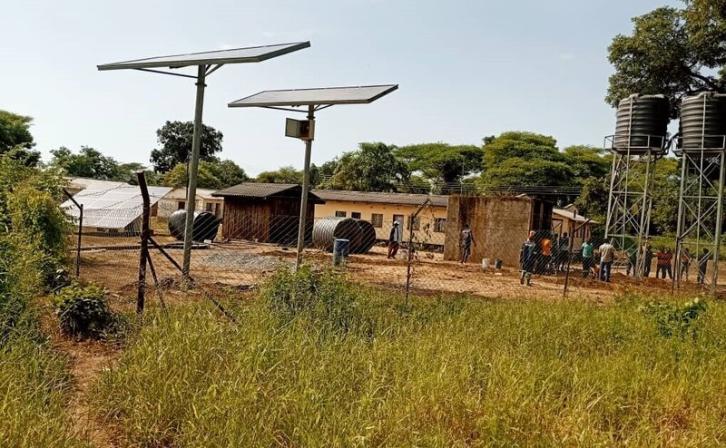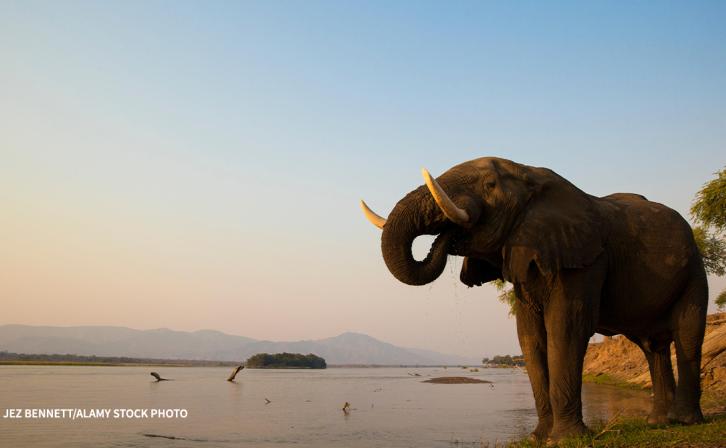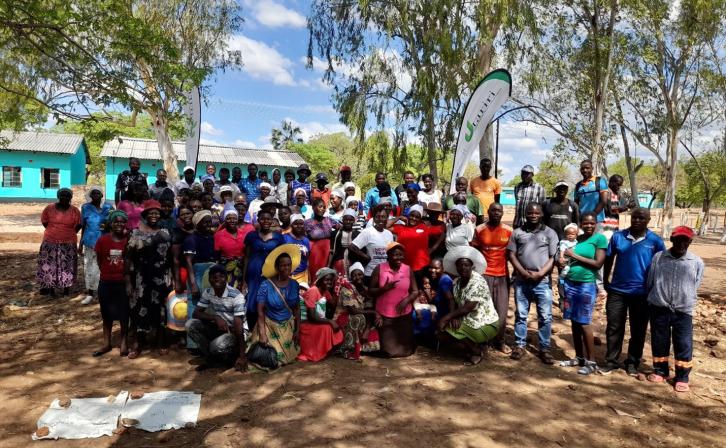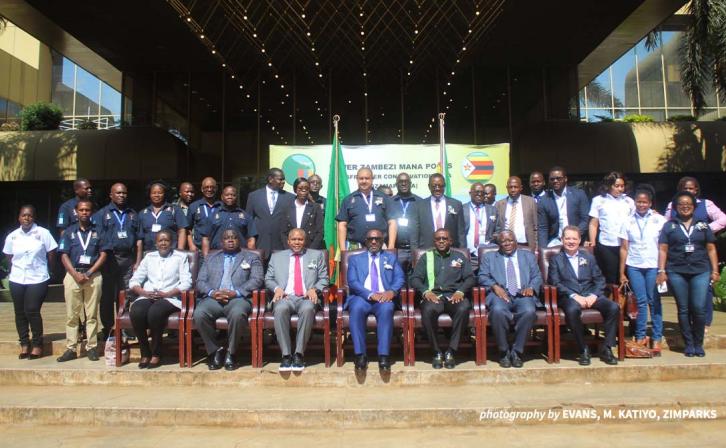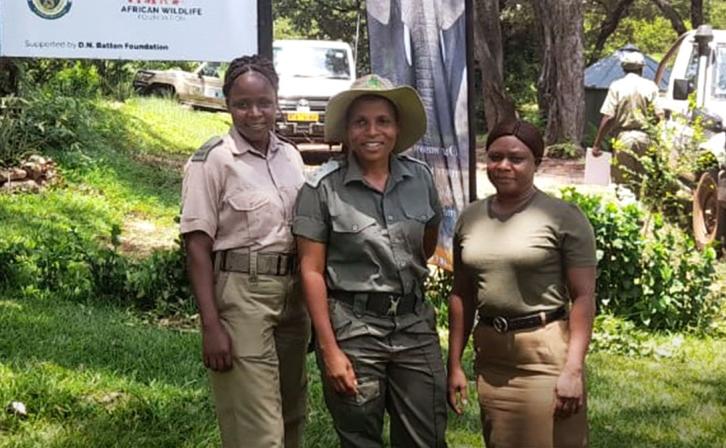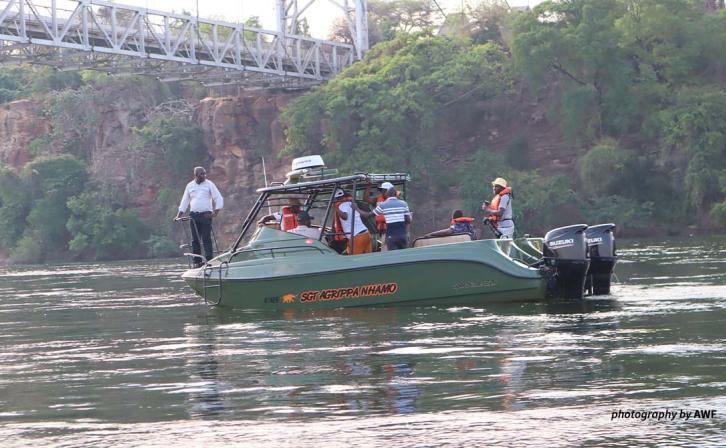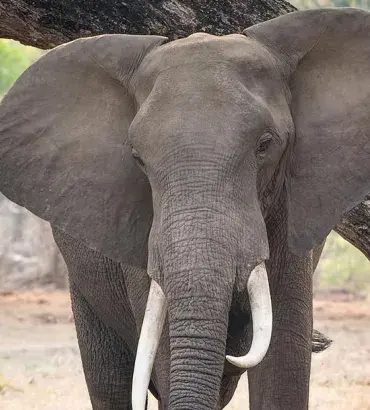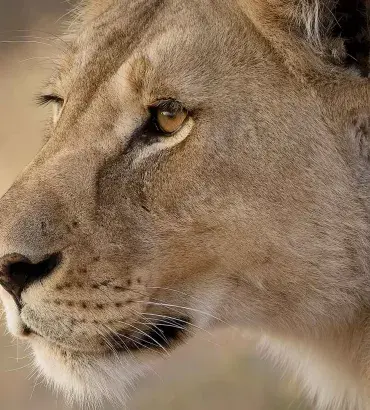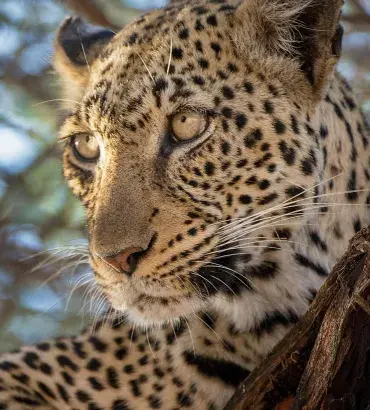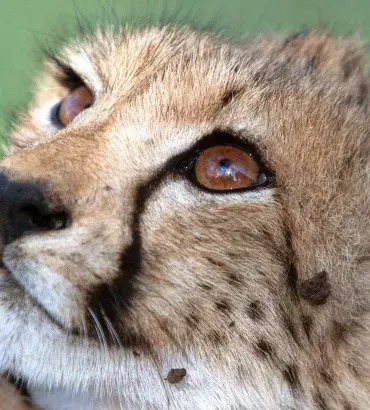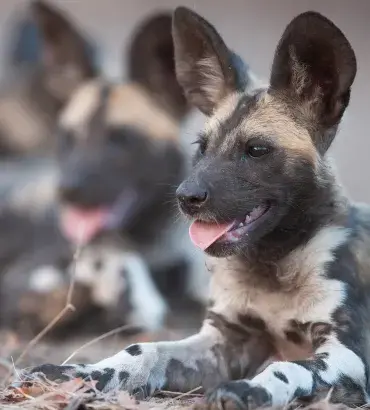Mid-Zambezi
The Zambezi River and its tributaries form the lifeline of this remarkably biodiverse transboundary landscape, which stretches across Zimbabwe into Zambia and Mozambique. Key threats include human-wildlife conflict, climate change, agricultural expansion, human settlement expansion, infrastructure development, poaching, and artisanal mining.
We’re working with local communities to safeguard this landscape’s natural resources and unlock their value for people and wildlife. To that end, we employ a holistic approach with conservation and development interventions, including:
- Investing in park infrastructure and building wildlife law enforcement capacity
- Kickstarting community enterprises and agriculture improvements to create wildlife-friendly livelihoods
- Collaborating with communities on sustainable, participatory conservation solutions
- Helping rangers and community members prevent and respond to human-wildlife conflict
AWF in Action
Transboundary Support
Many key African conservation landscapes are transboundary, because wildlife don’t recognize human borders—and neither do threats to wildlife. In transboundary landscapes, we work to strengthen capacity and collaboration between wildlife authorities, communities, and other conservation-minded people on both sides of the border. We facilitate workshops to develop a long-term vision, agree on information-sharing strategies, advise on joint patrols along borders, and help plan movement corridors and dispersal areas for wildlife.
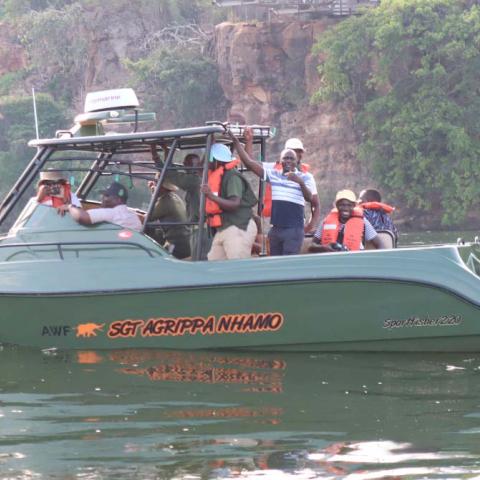
Building Ranger Capacity
We seek to empower and assist rangers in their vital role as wildlife protectors. Support consists of specialized training, infrastructure development, and provisioning—radio communication equipment, fuel, field and camping equipment, patrol rations, land vehicles, and boats.
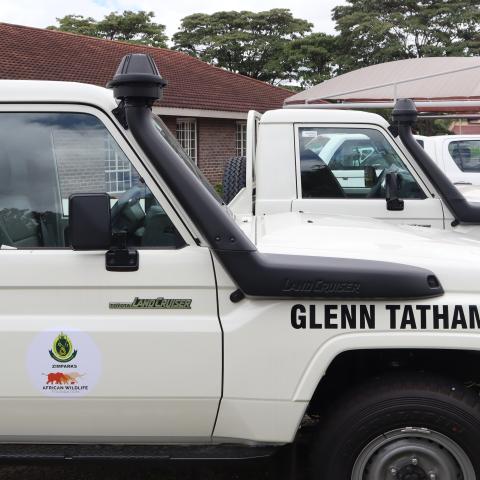
Win-Wins for Farmers and Nature
We help farmers in the Mbire district reap rewards from conserving nature by planting chilis, which diversifies farmers’ income and deters wildlife from destroying crops. Tobacco production is an important industry in Zimbabwe, and curing practices are a significant threat to wildlife habitats. In Hurunge, we helped farmers construct new or convert existing tobacco barns to be energy efficient.
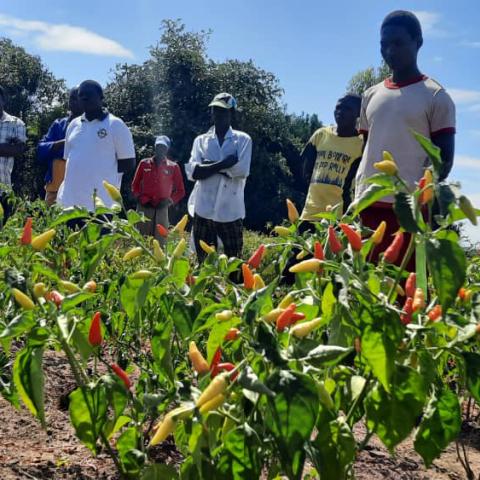
Boosting Entrepreneurship for Conservation
We provide training and equipment to support small businesses and sustainable livelihoods in Mbire. These enterprises reduce pressure on natural resources by creating sustainable sources of income.
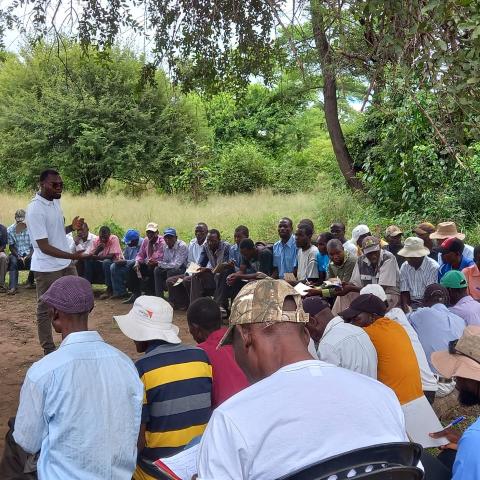
Mapping Wildlife to Inform Rangers’ Strategy
Technology is helping rangers make the most of limited resources and labor. We train and equip rangers in the Middle Zambezi Valley to collect and map data on wildlife sightings and poaching activity, which contributes to informed decision-making on patrols.

We work with the people of Zimbabwe for wildlife. Our strategic, implementing and funding partners include:
See More of Our Work
Wildlife We Are Protecting
By the Numbers
These results come from EU-funded activities from 2018-2021, with percentages representing achievements against set targets.
97% Success enhancing capacity of scouts in Zimbabwe
100% Human-wildlife conflict mitigation success in Zimbabwe
25-50+% Estimated drop in human-wildlife conflict in areas with chili technology

